9 RAMT. How The Cat Walked Where He Wanted
A short children's play on the classic story, played by young unknown actors in a very small hall of the Youth Theatre – this is a small miracle and this is a real Theatre. The play is played in the Black Room, and that is a terse but exhaustive description – really just a black room, no stage, no scenery, no curtain. Just two rows of benches against three walls and cushions scattered on the floor. The actors play by the fourth wall, there's nowhere to hide except in the blackness when they turn off the lights. About 40 children and maybe 20 adults fit in. The actors are six, dressed in plain, even too plain nondescript clothes. Props include a big patchwork quilt that turns into a cozy dry cave, then into sand, then into a lamb's leg, then into a stone axe, then into a hearth. There is no music, only occasional a cappella singing and different sounds. The actors act, changing the images, and only the Man, the Woman, and the Cat remain themselves. The reaction of the audience is extraordinary – the proximity to the action immediately involves the children in the game, telling stories, stretching their arms, laughing, and very much experiencing. Laughing and happily involved and adults. I laughed, and five-year-old Platon laughed, too. But most of all, I was struck by one girl who was most passionately and emotionally affected by a completely not new and not very dramatic story. She was terrified when the woman tamed the dog and the horse, she laughed when it turned out not to be very scary, she rejoiced when the baby was born and cried when he cried, she worried about the cat and rejoiced at his victory. It's not often you see a child so up close and sensitive, experiencing a simple and generally abstract story. However, she was a child only to her 60-year-old mother sitting next to her. To the rest of us, she was a 30-year-old woman with 47 chromosomes instead of 46 and obvious Down's disease. She probably couldn't read, she certainly didn't know about Shakespeare or Stanislavsky or Ionesco. But there was no doubt that this forever stuck between childhood and adulthood person, living in a world of split meanings, inaccurate reflections, unfinished thoughts, alien to subtexts, allusions, propriety, and completely defenseless, believed very strongly in what six poorly dressed young men were doing in a back room. This is what Theater is all about.
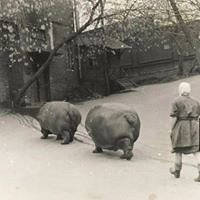
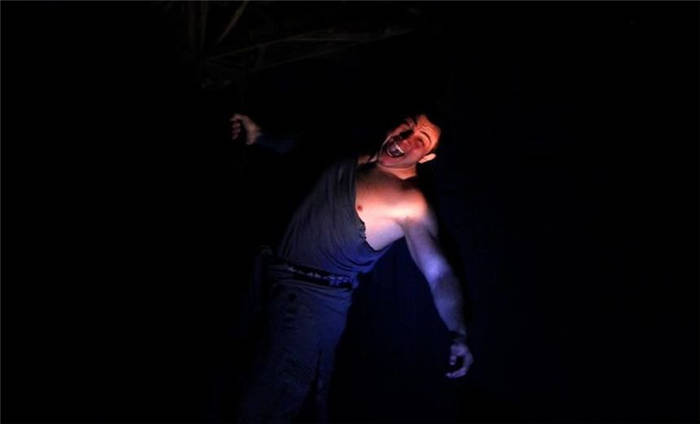
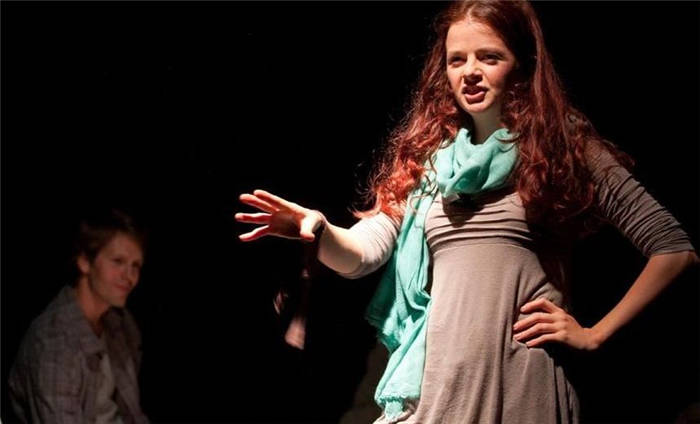
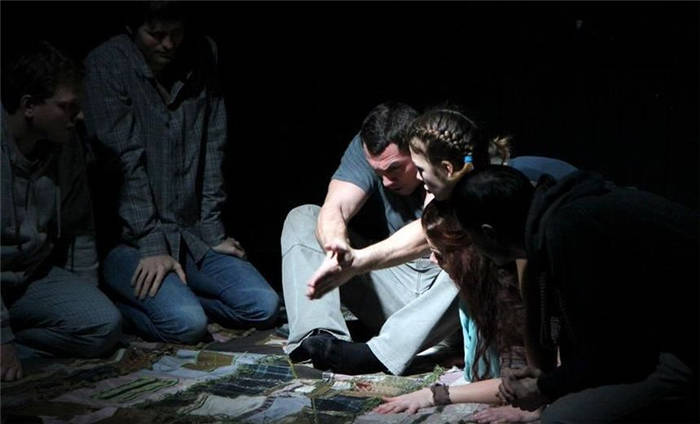
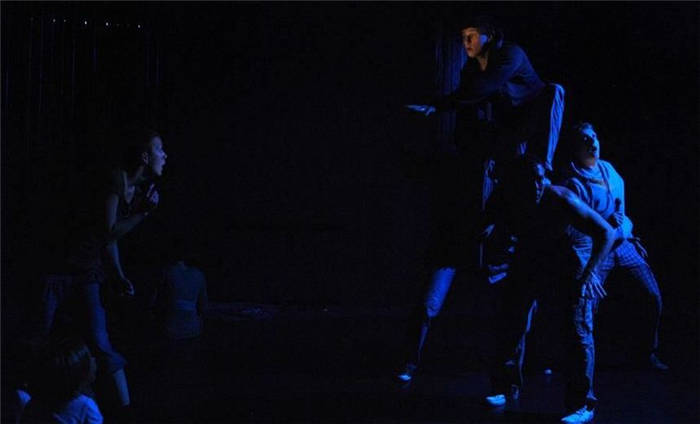
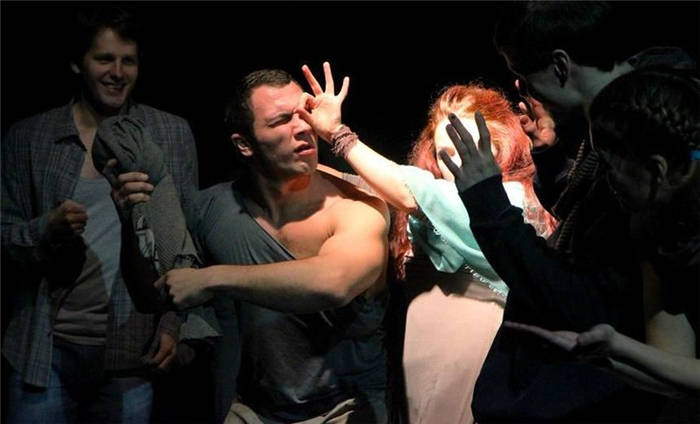
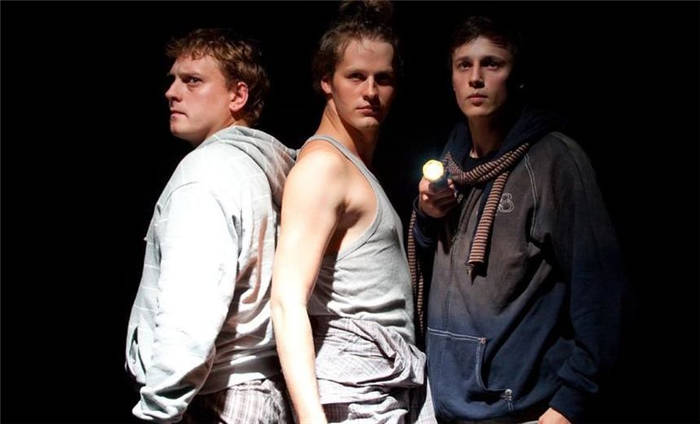
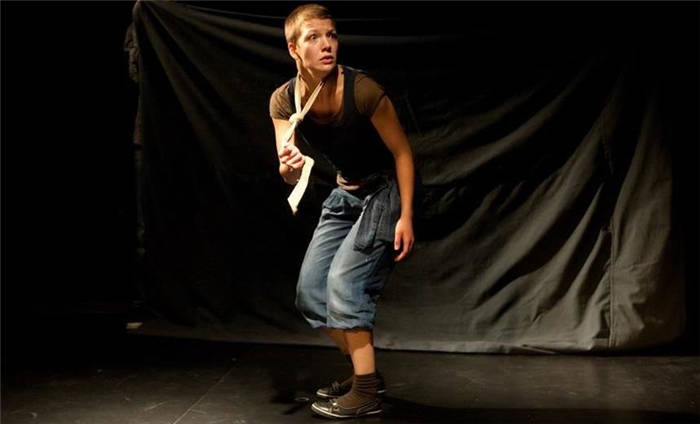
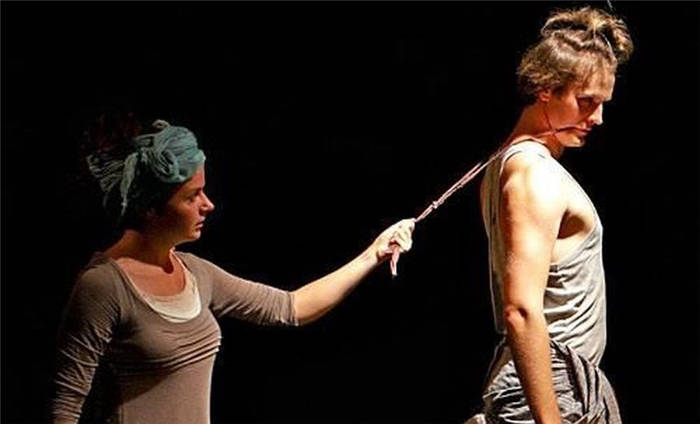
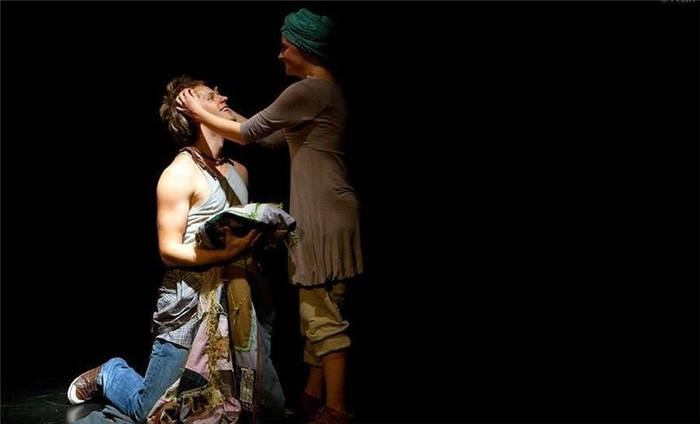
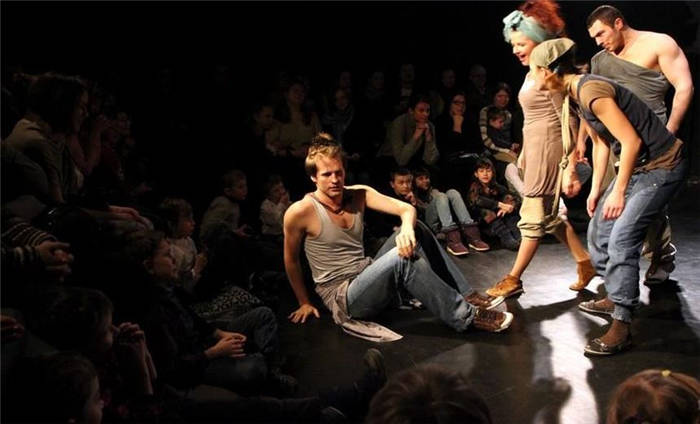
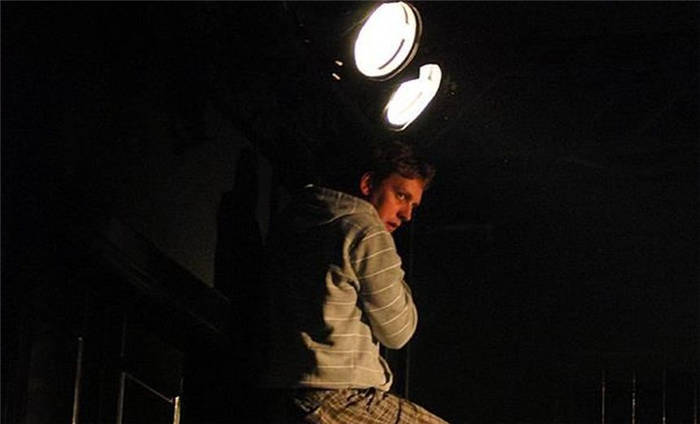
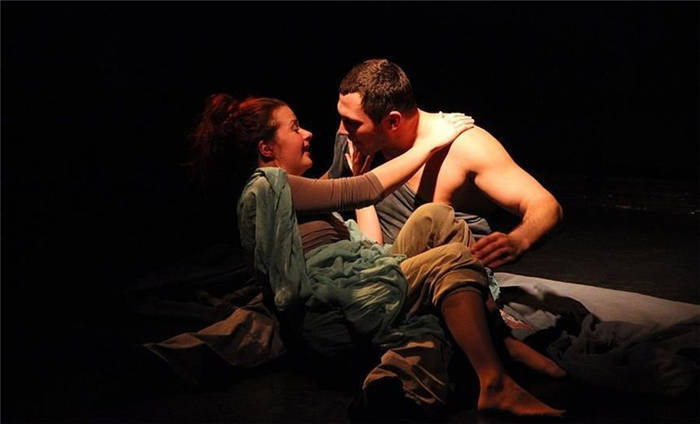
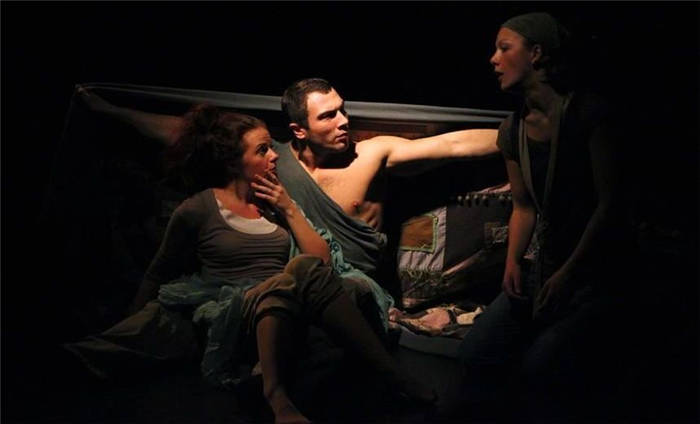
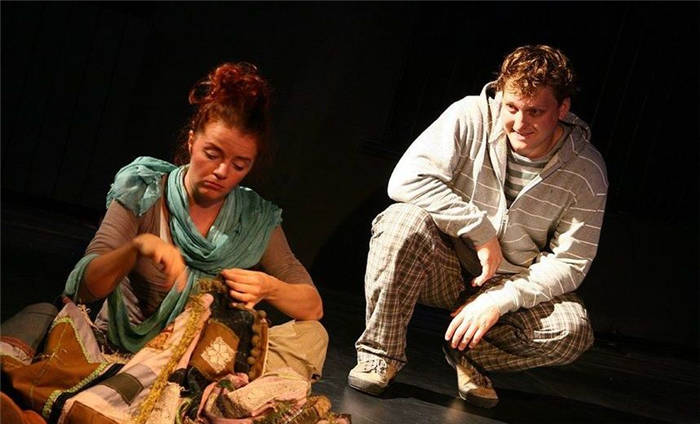
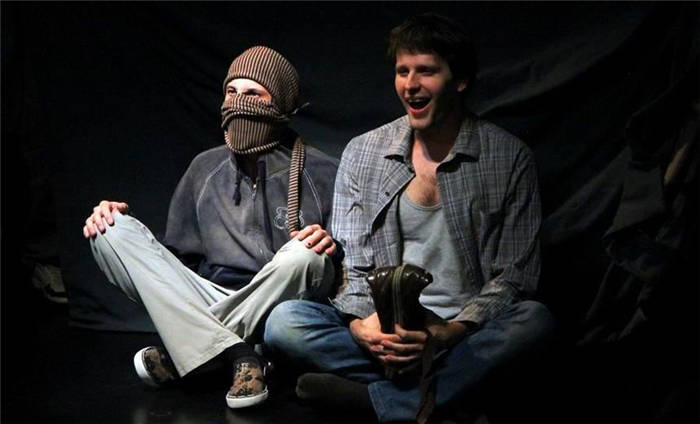
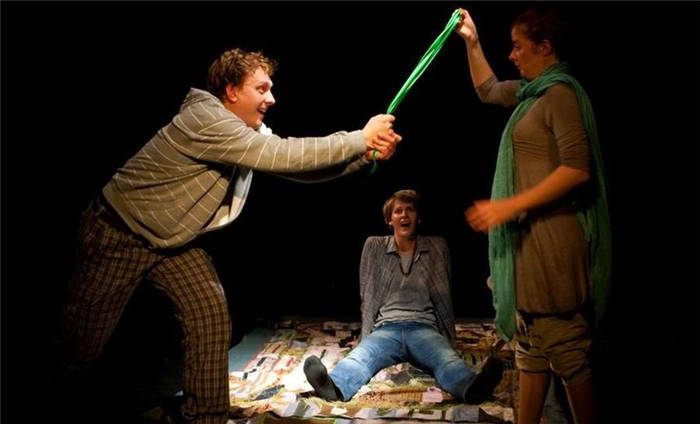
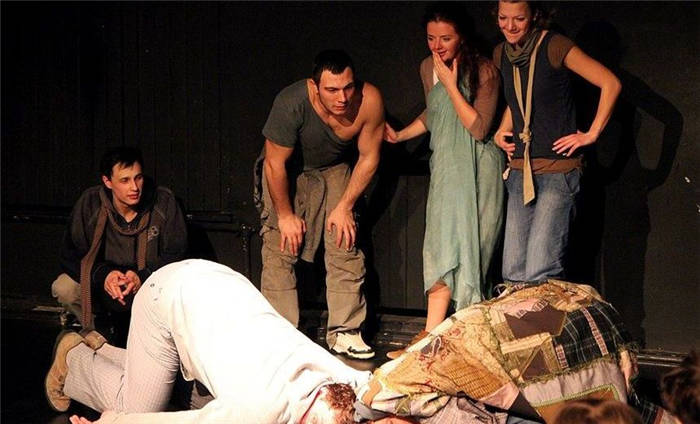
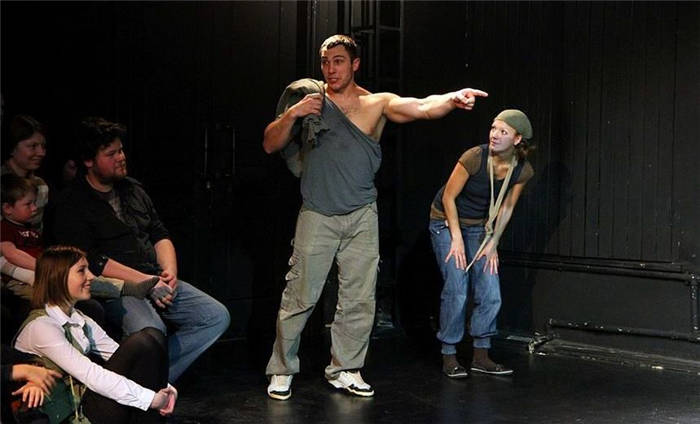
All reviews of the play How the Cat Walked Where He Wanted
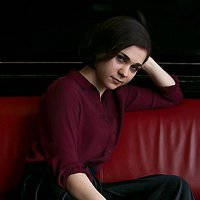
9 Children's Plays So it turns out that children's theater always teaches. Every fable has a moral, every fairy tale has a hint, which is a "good man's lesson". But in Sigrid Strom Reibo's How the Cat Went Wherever He Wanted, the meaning of Kipling's story is lost somewhere. I don't know whether to be happy for Cat that he was able to walk wherever he wanted and drink milk three times a day, or sad that he neglected his absolute freedom and will be beaten forever by a man and a dog. The production does not give rise to obvious conclusions, which is a good thing, in my opinion. A tale of freedom keeps the viewer free to choose how to relate to it. But "Cat…" still teaches me something. Namely, I think it teaches children a love of theater. After all, the miracle of the transition from archaic savagery to beauty, joy, and culture occurs not only on the story level, but also on stage with the help of purely theatrical techniques. The director's imagination never rests for a second, every moment of the performance is a small masterpiece, and with such an approach it is simply impossible not to fall in love with the theater. First of all, "Cat" has a very high level of conventionality for a children's production. The scenography of the play is limited to two technical ladders in the corners of the black room and a multifunctional patchwork quilt. The music is created solely by voices imitating the sounds of tamtams and drums. The costumes of the actors are everyday clothes, slightly altered right on stage according to the images. The actors themselves agree in front of the audience about who will play whom. It's a very risky move for a children's performance, but Reibo guessed it: kids gladly accept this form, designed for their imagination. Little spectators are notoriously imaginative. Even the actor's sketches with invisible objects are so expressive that it is absolutely clear: here a wild man is gnawing an invisible roasted lamb, here an invisible wand is trying to make an invisible fire… Secondly, the performance creates a unique space. I have never seen such unity between the stage and the audience in any other chamber production. In "Cat…" there is no stage at all. The audience sits in a tiny, U-shaped room along three walls, but they feel as if they are sitting on a stage, that there is nothing but a stage in this room, because the actors are free to "walk wherever they want. There are no curtains, and if any of the characters must leave the stage for a while, they sit down next to the children and watch the play just as attentively as they do, reacting vividly to what is happening. Another interesting property of the space is its multilayeredness and mobility. In a very small area, devoid of scenery, the eye, strangely enough, does not have time to get bored. The action is now transferred to the foreground, very close to the children; now it flies up to the ceiling, now it unfolds on one of the walls, and now it takes the whole space, erasing all the borders. With the help of a blanket in the performance a couple of times we create the illusion that we see both the wild nature and the interior of the cave at the same time. The viewer's eye is all-seeing. This gimmick was especially dynamic in the scene when the Cat calmed the Baby for the first time: the vertically stretched blanket, rotating horizontally around its axis, replaced the actor's sketches, as in a real cartoon. But the main thing in "Cat…" – is the level of acting and improvisation. On the program it is written "Improvisation on the Theme". It means that the moment of interactivity is built into the performance from the very beginning (for example, every spectator is assigned a part of a witness to the agreement between the Cat and the Wild Woman: a horse skin, a hearth or a tub of milk, children are allowed on the stage several times and given the opportunity to play with the characters). And this is natural, because children's attention without direct interaction is very difficult to hold. However, the improvisation of the actors is clearly broader than the director intended. So, when one of the spectators with a little child "unnoticed" ran across the stage (there was no other way) out of the hall, the cat followed them with a bewildered look, and when the door closed, shook his head from side to side, saying that they were hallucinating. When Dog was put to guard the cave, the little girl in the hall dared to say aloud: "That's not a dog," and immediately the reaction was, "What? Come here!" The girl was frightened and cried, and the dog was long and thoroughly calming her down, licking her wounds, so to speak. There were a lot of improvisations, unexpected and funny, but the performance did not lose its rhythm. It became obvious: acting is the same as children's game of "daughters-mothers" or "voynushka". The young professionals managed to retain their childlike spontaneity in the treatment of the image in the closed narrative, and this is their main achievement. This language is understandable and interesting to children, and it is truly theatrical. In a black-black country… In its blackest city… In a black-black theater there was a black-black room… And in that black-black room there was a play about a black, like a black panther Bagheera, Cat, because that Cat was absolutely wild. Sigrid Stram Reibo's play based on the work of R. Kipling (or, rather, on Nikolai Erdman's script for the famous Soviet cartoon "The Cat Who Walked by Himself") begins with children whispering in the auditorium, "Mom, I'm scared. At first, the impenetrable darkness of the auditorium frightens, then the actors' faces, lit from below by a flashlight, appear here and there, then the Wild Man… But gradually the source of light becomes not only the flashlights in the actors' hands: floodlights are turned on, the tale begins to shine. The prehistoric rhythms of the ritual music that emerge at the beginning of the performance turn into a good song about the Cat at the end. At the bow in the black room, two large windows open and daylight enters. Wild Man has been ennobled by the beautiful and intelligent Wild Woman, who has created domesticity, "beauty," and tamed wild animals. The trick of the story, told by the cast and director Sigrid Stram Reibo, is that wildness is reborn into culture and kindness, and the initial fear gradually transforms into uncontrollable joyful laughter. The wonder of the production itself is that it reveals the deep connection between theater and childhood. A good actor is an adult who has retained his childlike spontaneity, the ability to surprise and amaze; a good ensemble is first of all a group of friends, where everyone is valuable by his individuality; a good play is a game that needs more than any decorations and costumes to live fantasy. This is how I saw "Cat…", but another person watched the play with me – my cousin Zhenka, eleven years old, a real pearl of spontaneity. The play she really liked, she laughed the whole hour and a half, but her opinion after seeing it rather harshly formulated: "Sitting on the cushion is very funny, but my butt still hurts. Despite the harsh verdict, in the evening, choosing a hero for the essay on literature "My Favorite Writer," Zhenka chose R. Kipling. Here it is, the power of art.
How the Cat Wandered Where He Wanted
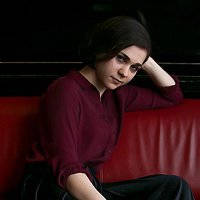
The Russian Academic Youth Theater (RAMT) will be on tour at the Moscow International House of Music. The New Hall will host a performance of "How The Cat Walked Where He Wanted".
The action is the author's improvisation, which is based on R. Kipling's fairy tale of the same name.
The director is Sigrid Strömreibo.
The play was performed by Denis BALANDIN, Alexander DEVYATYAROV, Anna KOVALEVA, Alexey MISHAKOV, Vladislav POGYBA and Maria RYSHCHENKOVA.
The production is a winner of the Golden Mask National Theatre Prize, and the Grand Prix winner of the Harlequin National Theatre Prize.
The audience will see how the whole world appears out of nothing! Should you turn off the lights and use a couple of objects: a quilt, ropes and lanterns, a cave, a club, fragrant hay, a campfire and a sheep's leg – the Wild Forest in all its glory will immediately appear. Of course, it also has its inhabitants: the Wild Dog, the Wild Horse, the Wild Cow, and the Wild Cat himself, who walks wherever he pleases! The play is designed for both young visitors and adults, everyone will be able to learn a certain lesson.
It's easy to buy tickets to the Moscow International House of Music's production of How the Cat Walked Wherever He Wanted on our website. No queues and no danger to your health, the purchase is done online. Tickets and check will arrive in your mail after payment.
How the Cat Walked Where He Wanted
The Russian Academic Youth Theater (RAMT) will be on tour at the Moscow International House of Music. In the New Hall will be held show "As the cat walked where he wanted.
The action is an author's improvisation, which is based on the Kipling's fairy tale of the same name.
The actors Denis Balandin, Alexander Devyatyarov, Anna Kovaleva, Alexei Mishakov, Vladislav Pogiba and Maria Ryshenkova played in the play.
The production is a laureate of the Golden Mask National Theatre Prize, and the Grand Prix winner of the Arlequin National Theatre Prize.
When the lights go out and a couple of objects – a patchwork quilt, ropes and lanterns – come into play, a cave, a cudgel, a fragrant hay, a fire and a sheep's leg, the Wild Forest will appear before the audience in all its glory. Of course, it also has its inhabitants: the Wild Dog, the Wild Horse, the Wild Cow, and the Wild Cat himself, who walks wherever he wants! The play is designed for young visitors, as well as adults, everyone will be able to learn a certain lesson.
Buy tickets to the play How The Cat Walked Where He Wanted at the Moscow International House of Music easily and simply – on our website. With no lines and no danger to your health, buy online. You'll receive your ticket and check via email after payment.
How the Cat Wandered Where He Wanted
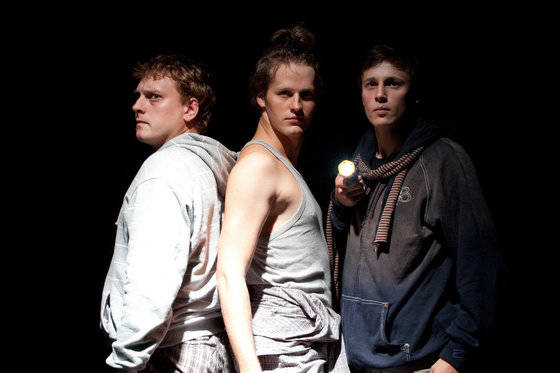
When the lights go out in the Black Room, don't forget to turn on… your imagination! And then Rudyard Kipling's familiar story of the cat that walked on its own, will play out in new vibrant colors. A patchwork quilt, a few strings and lanterns – in front of your eyes from "nothing" will be born a play full of colors and sounds. Out of "nothing" arise a cave, a baton, stifling hay, a campfire and a leg of lamb… And now the Wild Forest rumbles with the voices of its actors and the Wild Dog, the Wild Horse, the Wild Cow, and, of course, the Wild Cat, who wanders wherever he wants to. And you, no matter what age you are, with all your readiness for miracles, are drawn into the story of incredible transformations!




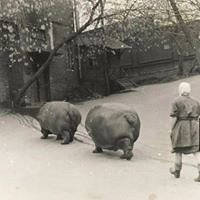
RAMT. How The Cat Wandered Where He Wanted
A short children's play on the classic story, played by young unknown actors in a very small hall of the Youth Theater – this little miracle and it's a real theater. The play is played in the Black Room, and that is a terse but exhaustive description – really just a black room, no stage, no scenery, no curtain. Just two rows of benches against three walls and cushions scattered on the floor. By the fourth wall the actors are playing, there's nowhere to hide except in the blackness when they turn off the lights. It holds 40 children and maybe 20 adults. There are six actors, dressed in plain, even too plain nondescript clothes. Props include one big patchwork quilt that turns into a cozy dry cave, then into sand, then into a lamb's leg, then into a stone axe, then into a hearth. There is no music, only occasional a cappella singing and various sounds. The actors act, changing the images, and only the Man, the Woman, and the Cat proper remain themselves. The audience reacts in an extraordinary way: the children immediately join in the game, tell stories, stretch out their arms, laugh and are very excited. The adults laugh and are joyfully involved. I laughed, and five-year-old Platon laughed, too. But most of all, I was struck by one girl who most passionately and emotionally experienced an absolutely not new and not very dramatic story. She was terrified when the woman tamed the dog and the horse, she laughed when it turned out not to be so scary, she rejoiced when the baby was born and cried when he cried, she worried about the cat and rejoiced when he won. It's not often you see a child so up close and sensitive, experiencing a simple and generally abstract story. But she was a child only to her 60-year-old mother, sitting next to her. To the rest of us, she was a 30-year-old woman with 47 chromosomes instead of 46 and obvious Down's disease. She probably couldn't read, she certainly didn't know about Shakespeare or Stanislavsky or Ionesco. But there was no doubt that this forever stuck between childhood and adulthood person, living in a world of split meanings, inaccurate reflections, unfinished thoughts, alien to subtexts, allusions, propriety, and completely defenseless, believed very strongly in what six poorly dressed young men were doing in a back room. This is the Theater.






